
Painter's Depiction of Tokyo's Downtown Culture: 'Tobi Workers in Hanten Coats'
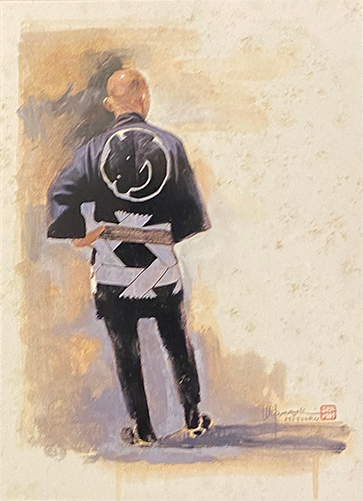
During my teenage years,
when I carried a portable shrine
at the Asakusa Sanja Festival,
I was captivated by the figure of the tobi foreman.
For over 40 years since then,
I've continued to depict
these stylish and dashing men in pencil,
watercolor, and oil paint.
What I document as my artwork is
'Tobi and Hanten.'
I hope you take the time to savor
the wrinkles in the expressions
and the creases in the hanten coats.
I capture scenes that evoke nostalgia
and represent aspects of Japanese culture
that are not yet widely known.
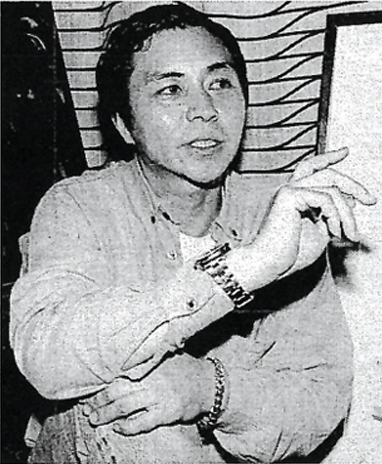
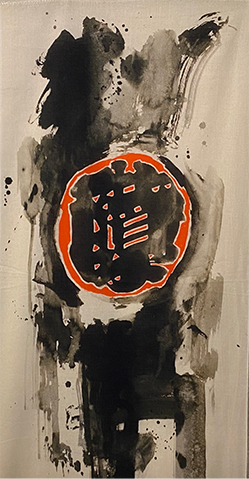
2010/30×22cm
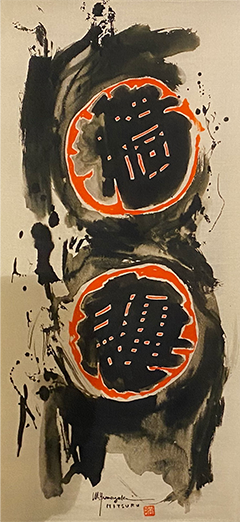
1998/52×70cm
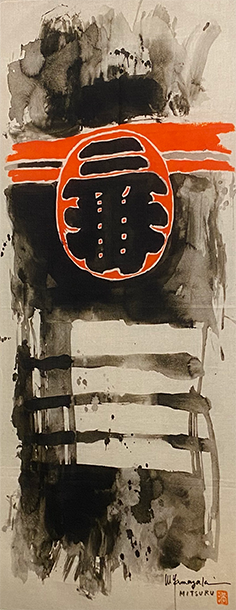
2018/48×40cm
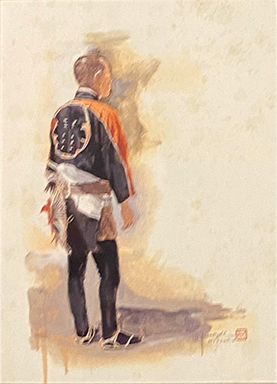
55×39.7cm
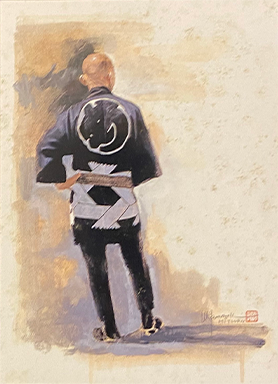
55×39.7cm
と
In construction sites, craftsmen who work on high scaffolding are known as 'Tobi' or 'Tobi craftsmen.' They were one of the star professions during the Edo period, and they also served as firefighters, known as 'Machi-bikeshi,' to protect the town during fires. The leader of the Machi-bikeshi is referred to as the 'Kumigashira.'
は
A distinctive feature of the 'Machi-bikeshi,' the firefighters who are also 'Tobi' craftsmen, is their matching 'hanten' coats. Made from bleached fabric, these coats feature family crests, collar inscriptions, and waist designs. In modern times, these 'hanten' coats are not just for craftsmen; they are also used in various contexts such as 'mikoshi' (portable shrines) and 'dashi' (floats), as well as in shops.
せ
Japanese fans take advantage of the durable and foldable characteristics of washi paper. They offer a pleasant breeze, making them a go-to tool for beating the heat in summer. They are also a popular gift that is well-received by people from overseas.
え
The area centered around present-day Chiyoda Ward in Tokyo. Renamed to Tokyo in July of Keio 4 (1868), it became the capital the following year. Those born and raised in Edo, as it was formerly known, are known for their straightforward demeanor and sharp wit.
し
In urban areas, the term refers to neighborhoods situated in low-lying lands. In Tokyo, this includes areas like Asakusa, Ueno, Kanda, Nihonbashi, Kyobashi, Honjo, and Fukagawa. These 'downtown' areas, which retain an old-fashioned atmosphere, are home to numerous tourist attractions and are popular spots among foreigners as well.
き
Work songs sung by multiple 'Tobi' craftsmen as signals when they are on the job. Naturally incorporated and passed down through the 'Machi-bikeshi,' community firefighters primarily composed of Tobi craftsmen. 'Edo no Tobi Kiyari' is designated as an intangible cultural asset in the field of Tokyo's traditional skills. ※Reference General Incorporated Association Edo Firefighting Memorial Society
す
Black ink used for calligraphy and painting. It is made by solidifying soot from oils or pines with glue, and then ground on an inkstone with water. In addition to being used for writing characters with a brush in calligraphy, the ink's varying shades are also utilized in ink wash paintings.
い
A term describing someone with a straightforward temperament, attitude, and appearance, yet with a sense of allure. Originating among the people of Edo, this aesthetic term can be read in two ways using the same characters: 'Iki' or 'Sui.'>
み
A mikoshi is a portable shrine used in Shinto festivals to temporarily carry a deity out into the public. Those who carry the mikoshi typically wear a 'hanten' jacket and a twisted headband. The chants used while carrying the mikoshi, such as 'Wasshoi' or 'Seiya,' vary by region.
か
Calligraphy and paintings are mounted on scrolls, which are then hung and displayed in 'tokonoma' (※1) or on walls. Various designs exist for different occasions, such as celebrations and seasonal festivals, and they are used accordingly. (※1) In Japanese architecture, a 'tokonoma' is a raised alcove in a tatami room where scrolls, flowers, and other decorative items are displayed.